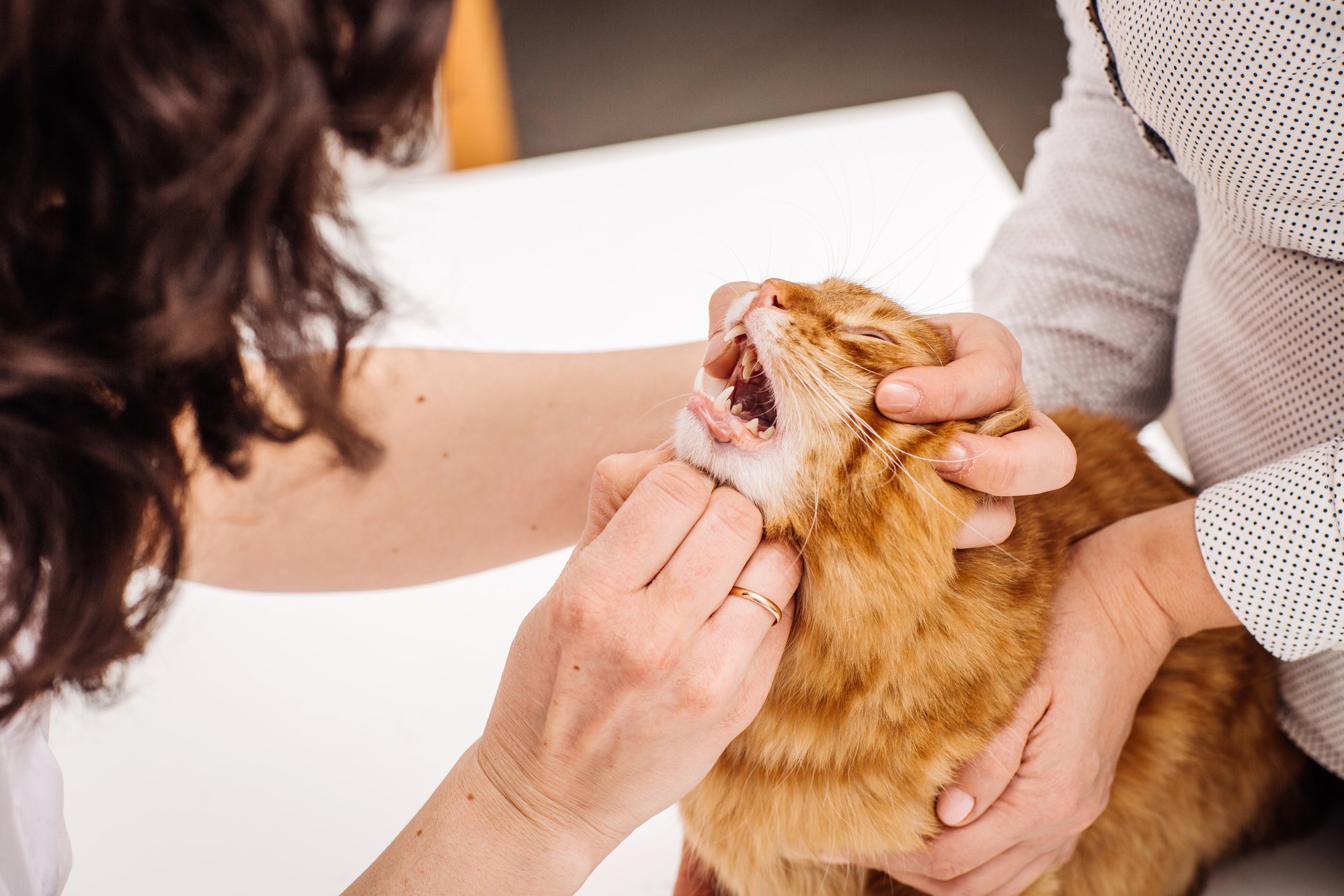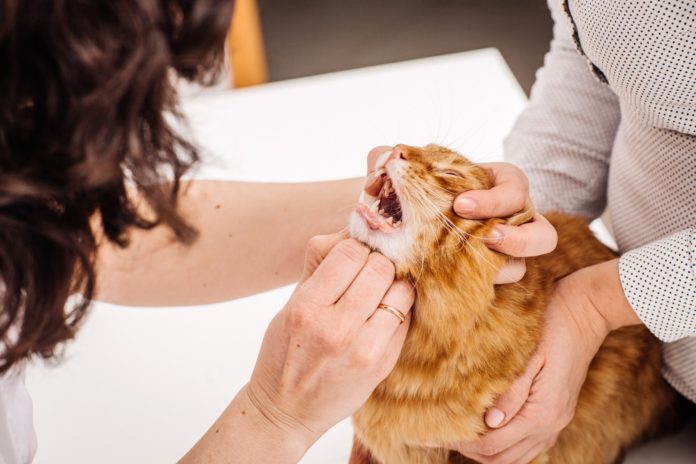kaninstudio | DepositPhotos

A study at the University of California at Davis looked at root canals in cats. Nadine Fiani BVSc, DAVDC, Assistant Clinical Professor and Section Chief of the Dentistry and Oral Surgery Service at the Cornell College of Veterinary Medicine contributed to this study.
Success of the root canal was based on post-treatment radiographic evaluations. Of the 37 teeth evaluated, 18 were considered successfully treated and an additional 12 considered to have no evidence of failure. (The differentiation between successful and “no evidence of failure” dealt with the stabilization and resolution of inflamed root resorption.) The risk of failure was greatest in cats over 5 years old.
A cat’s canine teeth are the most likely to undergo a root-canal procedure due to the size of the teeth. Fractures were the most common cause of damage and were usually associated with trauma. Once a tooth is fractured, the dental pulp, which is rich in nerve endings, is exposed. This is both painful and exposes the pulp to bacterial infection. That infection can spread into the tooth roots and potentially even into the bone of the cat’s jaw.
According to the American Veterinary Dental College (avdc.org), a root canal involves removal of the diseased pulpal tissue. The clean, disinfected root canal is then filled with an inert material to prevent future bacterial contamination. A tooth-colored restoration is placed to seal the crown against further infection. It is less invasive than an extraction, plus the cat can keep the tooth.
This study suggests that a root canal is a reasonable alternative to pulling an injured canine tooth. Follow-up studies to characterize longevity of the repairs need to be done.
Journal of Veterinary Medical Association (JAVMA), March 1, 2018




